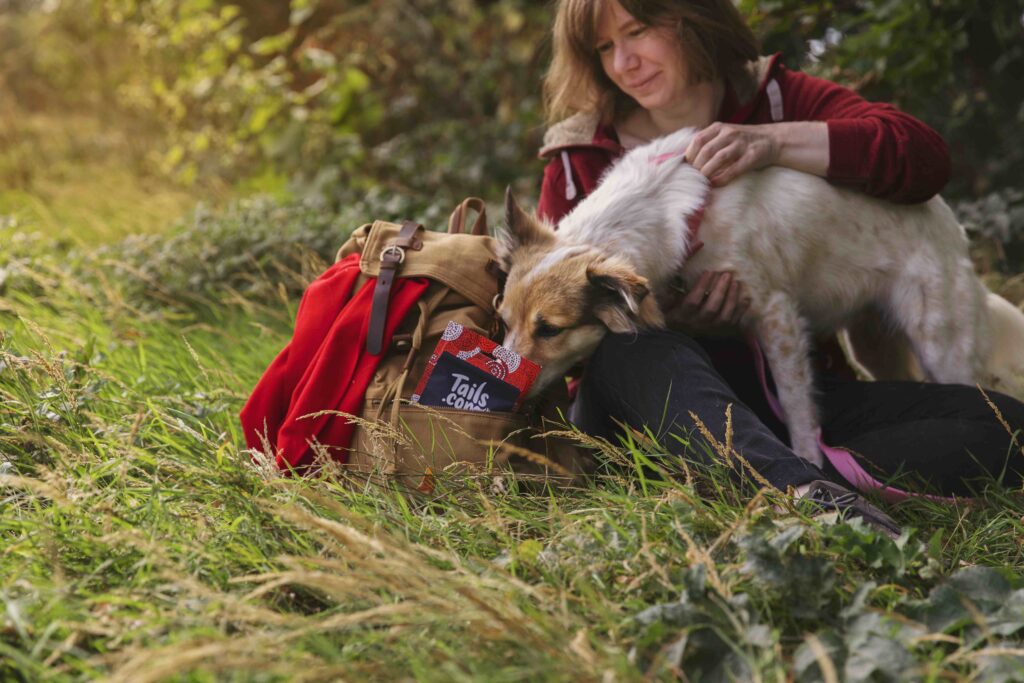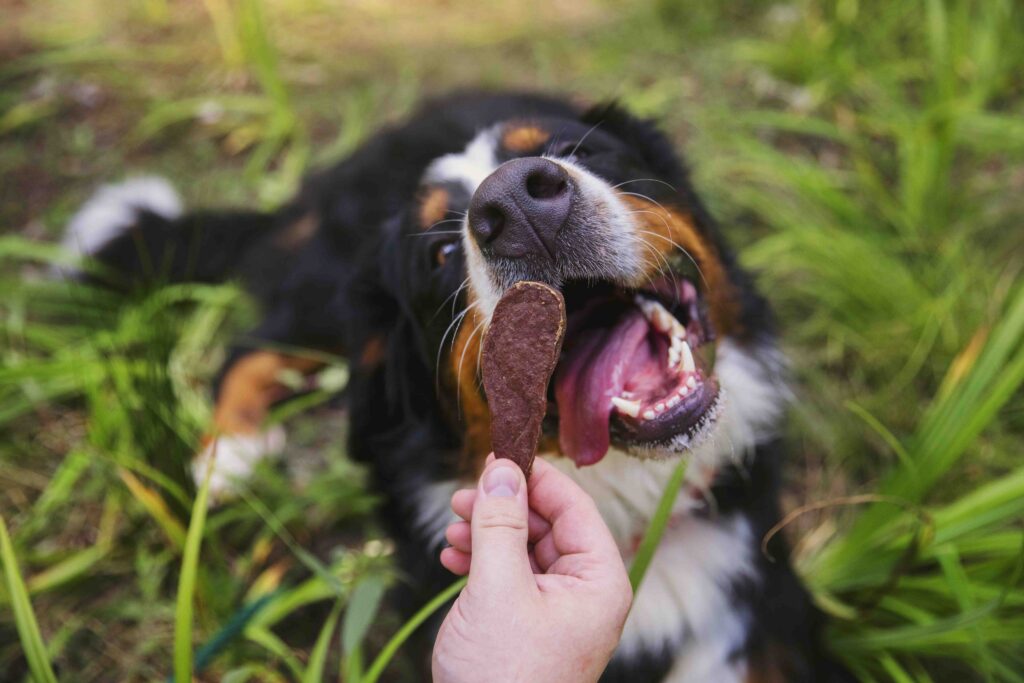You’ve done the research, know what you want to teach them, but that age old question comes up – what treats should I use to train my dog? If you’ve walked the aisles of any pet shop or supermarket, you’ll know there’s a huge range of options. But there’s a time and a place for different treats.
Where to start?
When it comes to training, food rewards aren’t the only option to reinforce behaviour you like and want more of… But often it’s the easy and most effective method.
Ultimately, it should be your dog who chooses. You can’t ask someone to work for a payment they don’t value. Imagine if someone told you from now on they’re paying you in vouchers for a shop you don’t go to, or magic beans! You’d be outraged, demotivated and probably out the door.
What do you need from a treat?
Before we get around to asking the dog what payment they want for a job well done, let’s look at what qualities we might need from a treat. This is something people rarely think about.
- Consistency – does it crumble in your pocket or leave the inside a sticky mess? And does it take the dog ages to crunch through? For training we need soft treats that are quick to eat, but we probably don’t want slimy or crumbly!
- Size – dogs aren’t inclined to worry about size. They almost certainly don’t know if you rip a treat in half (despite the hilarious memes). A treat that’s too big might take a while to eat. This can ruin the flow of your training or cause them to forget what they were doing to earn it, and of course bigger treats can mean your dog becomes full too soon, or unbalance their recommended daily portions. Small is best.
- Smell – the smellier the better. Dogs have a good sense of smell, but not a brilliant sense of taste. So strong flavoured (and therefore strong smelling) treats are usually more appealing and rewarding.
- Delivery method – will you be letting the dog lick the treat? Throwing it for them to catch? Tossing or scattering on the ground? Delivering from your hand? If you’re throwing or tossing onto tarmac or pavement, then treats that bounce are not ideal!
- Colour – not something many consider. If you’re delivering treats by tossing them, a treat that’s the same colour as the surface it lands on can result in your dog having to hunt about for a while to find it. Remember, dogs are red/green colourblind.
- Safety – is this a food that is safe for dogs? Is this food ok for my specific dog? Can I feed this food in quantity, or do I need to limit it? Things like cheese fall into this category – delicious, yes, but high in lactose, fat and salt, which aren’t great for digestion.
Cold-Pressed Rewards and Good Dog Treats are the ideal size for training and every day use.

Test different treats with your dog
Now you’ve thought about what you want from a treat, you can narrow down the options and see what your pup thinks.
Doing a taste test may seem a bit silly, but in fact offering your dog a muffin tin with a different option in each section is a great way to see what they like best. You could also include things like cooked chicken or fresh vegetables. Put small pieces of your chosen selection out for your dog and see what they tell you about these options. That way, you can build a top five or top 10 list.
Getting into the habit of doing this every few months when you have a puppy is a really good idea. And don’t just do it at home either. Try outside in the garden, in the car and in the park.
The value of a treat may well change depending on the location and what is going on around them. Just like us! If your dog loves a treat at home, but isn’t interested outside, it may not mean they don’t like the treat. But rather that the environment is too stressful or distracting.
Build a hierarchy
Once you have a range of treats your dog likes, you can start to work out their relative values. Because treats are not all equal!
A lower value ‘every day’ item may be fine for rewarding behaviours your dog already knows well at home with nothing else going on. But if you’re teaching something new, or particularly complex, or working in a more distracting environment, you’re likely to need a much higher value treat.

Use your top 10 to pay the appropriate ‘wages’ for your dog’s hard work.
Having a range of low, medium and high value treats at your disposal (and even mixing them up in a treat pouch) means you can reward appropriately. With the added bonus that your dog doesn’t know what will come out of the pouch next, increasing their desire to work hard for a bonus!
You may find there are some treats that are too exciting – your dog can’t think straight if this particular option is available. That’s ok, but you can still reserve that for extra special occasions, and use lower value treats the rest of the time.
Delivery method
How you deliver a treat is also important – handing your dog a bit of kibble is pretty low-entertainment, low-value.
But throwing that kibble for them to catch may be far more enticing. Scattering a handful of kibble mixed with bits of delicious treats or cooked chicken could be a fantastic jackpot reward for a really good success – such as recalling away from a squirrel!
And there are other ways you can use treats too. Hiding a little cache of cooked chicken bits in the grass while on a walk, then acting as if you found something exciting can have your dog believing you are in fact a Treat Wizard! This leads to a dog that keeps a very close eye on you when out and about and has lightning-fast recall.
Just changing the way you use treats can transform your training and your dog’s behaviour – so grab your muffin tin and start making your individual dog’s top training treats table!

